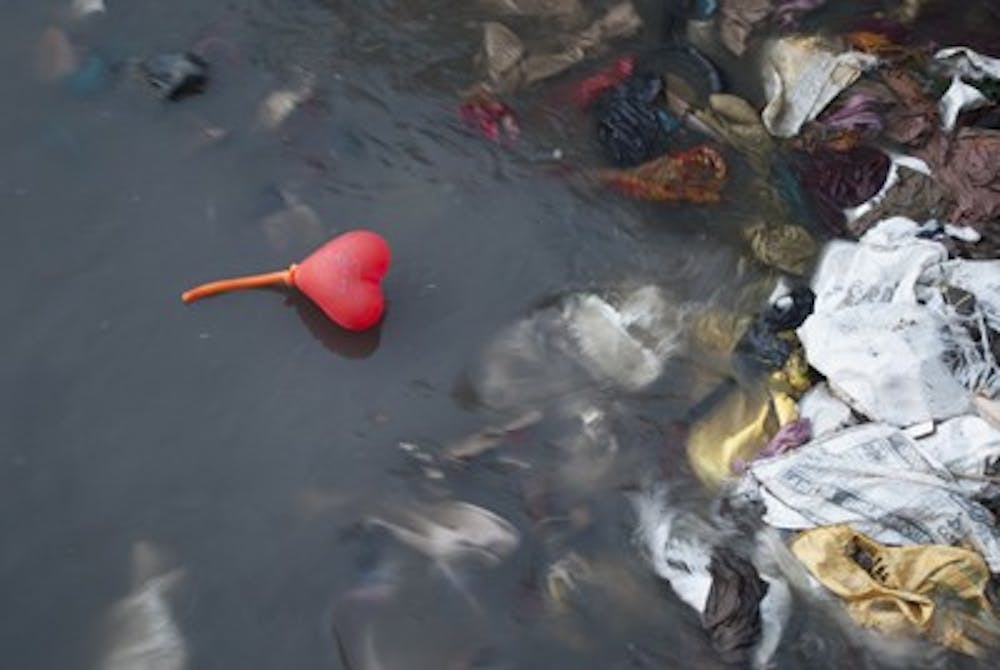[photospace]
Name and Year: Elise Wrabetz, Senior 2012 Hometown: Havertown, PA Major: Fine Arts Medium of Choice: Photography
Street: How did you become interested in photography? What were you drawn to in the medium? Elise Wrabetz: I’ve had a camera in my hands since I was a little kid. I grew up visiting my father in Italy, and every chance we could get we would travel somewhere new. Because of the things I’ve seen and the places I’ve been, I wanted to record my take on the world, and savor the recollection within the beauty that is the photographic image. As I’m not as articulate with drawing and painting, I work much faster and comfortably with photography; that instant gratification allows me to create so much more.
Street: What in your opinion gives a photograph photojournalist aesthetic? EW: Many times people will think what they’re looking at is a photojournalistic photograph, but really it’s more artistic because it was probably edited. When it comes to photojournalism, I think it’s important to keep the integrity of the original situation, not making any drastic changes to the photo. Photojournalism and documentary photography are the capturing the moment as it happened and not changing what it was meant to be, giving a photographer the chance to tell a story through a series of images.
Street: What makes a candid moment more appealing? EW: Snapshot photographs are what come to mind when the original Polaroid came out in the late 1940s. Capturing a moment with honest emotion and spontaneity gives me the chance to immerse myself in the event or the scene rather than creating a staged moment. These photographs, in my opinion, are some of the most amazing ones and give me the sense that I captured a ‘real’ moment.
Street: Do you think a photograph can be more valuable than words? EW: It is true a single picture can encompass a multitude of messages and meanings, but sometimes they need a little nudge with a caption. In photojournalism, the caption means everything. Without it, there’s no way to fully understand what’s going on. I just recently did a project for our Senior Thesis and just looking at them, you would think that they were simply landscapes at sunset but, when taking a closer look, the caption underneath will tell you that they’re actually various battle fields where Americans fought and where many men died. After reading those words and stepping back, the photographs have a whole new meaning and mood.
Street: Do you have any artistic role models? EW: There’s a fine line between photojournalism and documentary photography, telling a story and capturing a single moment. As both interest me, I take from the works of many different sides of the practice, but there are some that truly stand out. Nan Goldin is an American photographer that documented the gay sub–culture of New York in the early 80s using mostly available light, and she has some amazing images. Arthur Fellig, better known as Weegee, had some remarkable photographs from the 30s and 40s in New York as well, as he followed emergency services to capture the most realistic documentation of that urban life.
Street: What do you see for yourself in the future? EW: That image has changed in my mind so many times this year! Luckily through my internships and the people I’ve met, I have had some great learning experiences that are pointing me in the right direction. I ultimately hope to go to graduate school in London for photojournalism and documentary photography… then maybe at some point that will lead me to a documentary job there! I’m not quite sure what my end job title would be, but traveling and taking photographs to contribute my documentation of the world is what I want to do.

